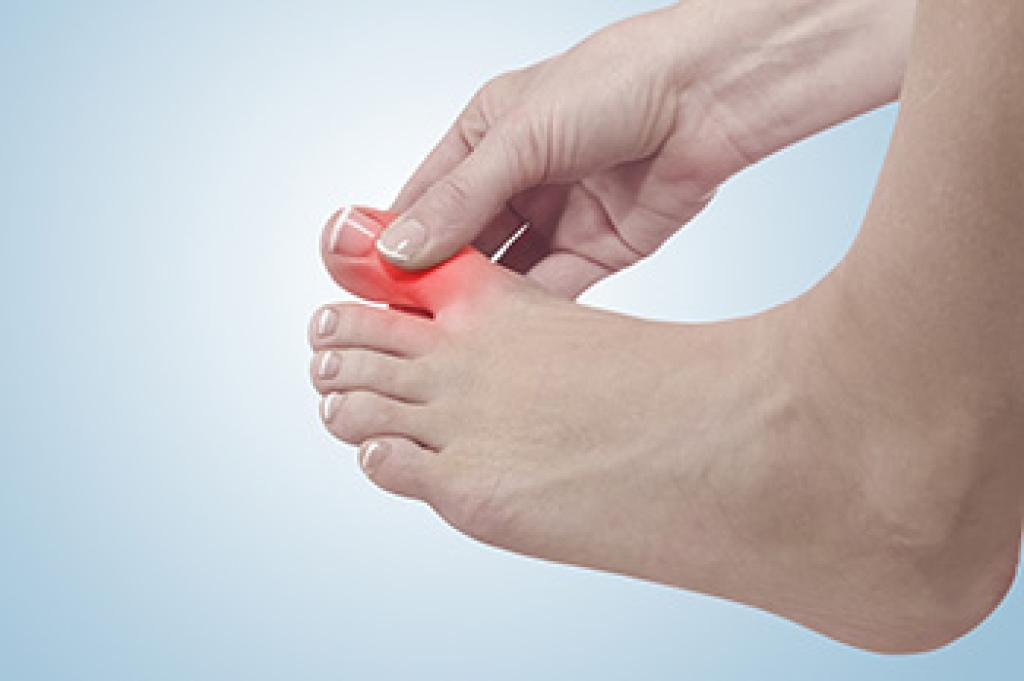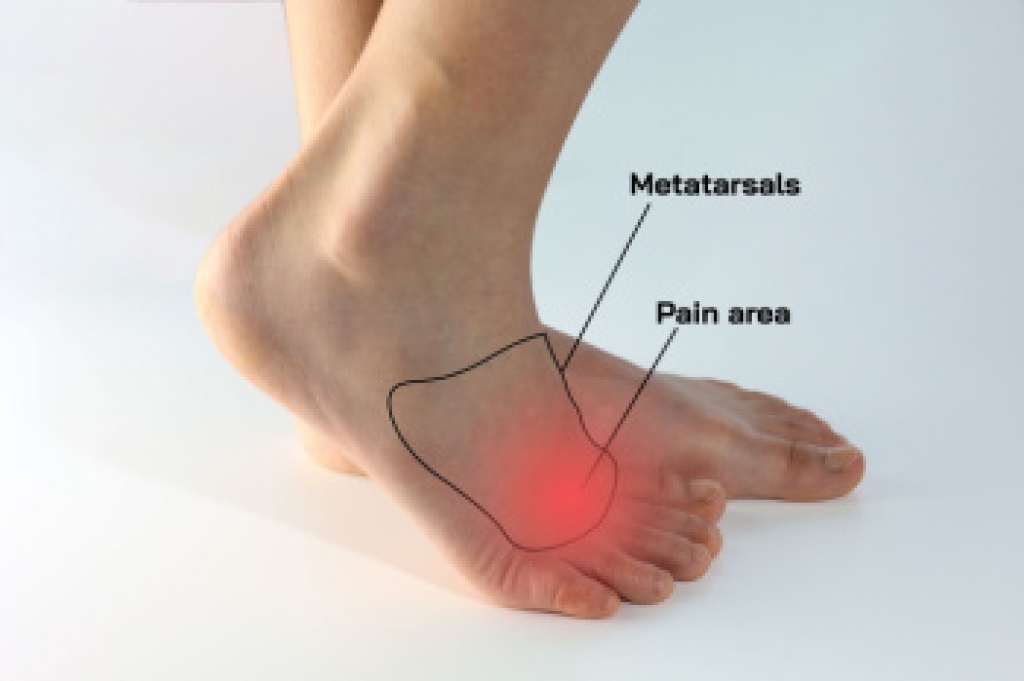 There are noticeable symptoms that occur when toenail fungus develops. These can include yellowing of the toenails, and in advanced stages, they can thicken and can possibly detach from the nail bed. Many patients find their nails have become unsightly, and the texture may have changed if afflicted with fungus. A toenail fungal infection is caused by a fungus that lives and thrives in warm and moist environments, including public shower room floors, pools, and surrounding areas. Proper prevention techniques can consist of wearing appropriate shoes while in these types of places, in addition to refraining from sharing towels, socks, and shoes. There are various treatment methods available, and it is suggested that you consult with a podiatrist who can determine what the most effective treatment is for you.
There are noticeable symptoms that occur when toenail fungus develops. These can include yellowing of the toenails, and in advanced stages, they can thicken and can possibly detach from the nail bed. Many patients find their nails have become unsightly, and the texture may have changed if afflicted with fungus. A toenail fungal infection is caused by a fungus that lives and thrives in warm and moist environments, including public shower room floors, pools, and surrounding areas. Proper prevention techniques can consist of wearing appropriate shoes while in these types of places, in addition to refraining from sharing towels, socks, and shoes. There are various treatment methods available, and it is suggested that you consult with a podiatrist who can determine what the most effective treatment is for you.
For more information about treatment, contact one of our podiatrists of Prince William Foot & Ankle Center, PC. Our practitioners can provide the care you need to keep you pain-free and on your feet.
Toenail Fungus Treatment
Toenail fungus is a condition that affects many people and can be especially hard to get rid of. Fortunately, there are several methods to go about treating and avoiding it.
Antifungals & Deterrence
Oral antifungal medicine has been shown to be effective in many cases. It is important to consult with a podiatrist to determine the proper regiment for you, or potentially explore other options.
Applying foot powder on the feet and shoes helps keep the feet free of moisture and sweat.
Sandals or open toed shoes – Wearing these will allow air movement and help keep feet dry. They also expose your feet to light, which fungus cannot tolerate. Socks with moisture wicking material also help as well.
If you have any questions please contact our offices located in Gainesville and Dulles, VA . We offer the newest diagnostic and treatment technologies for all your foot and ankle needs.




